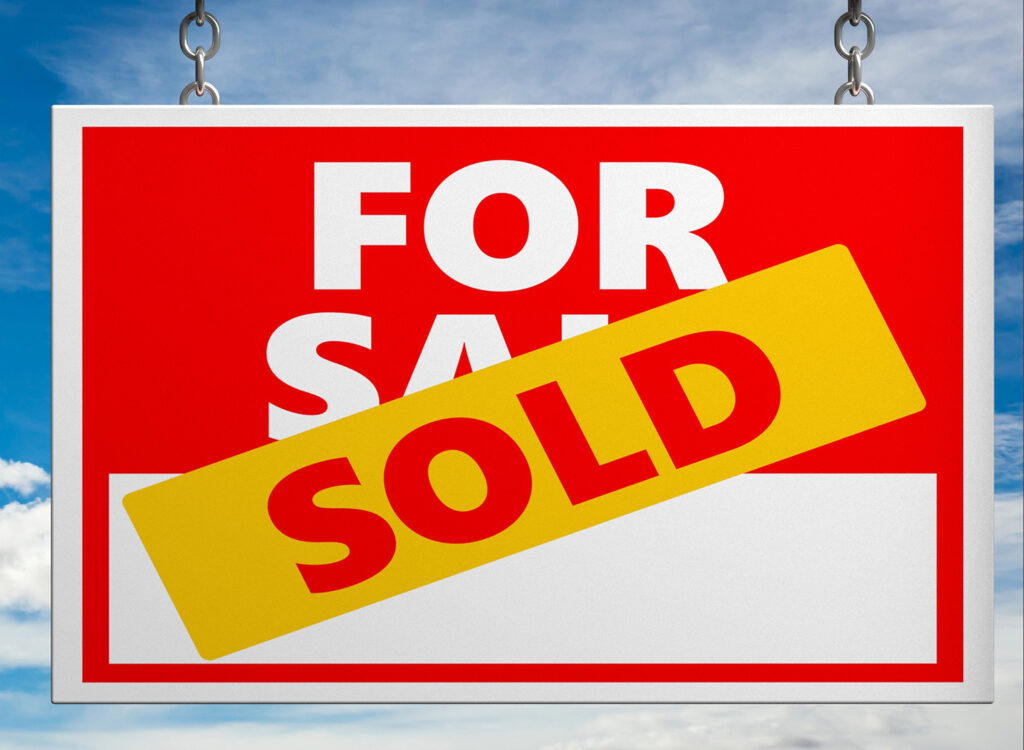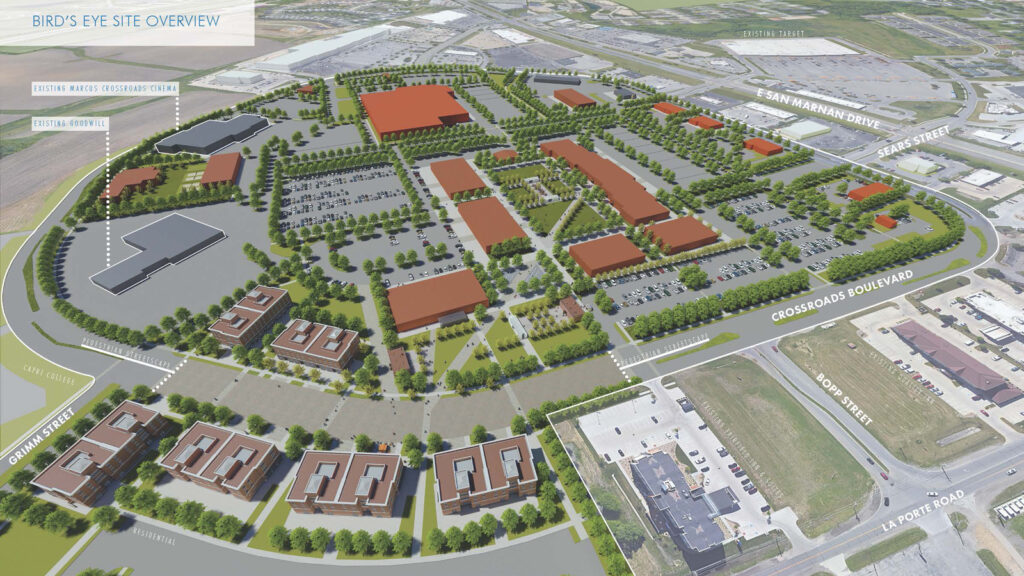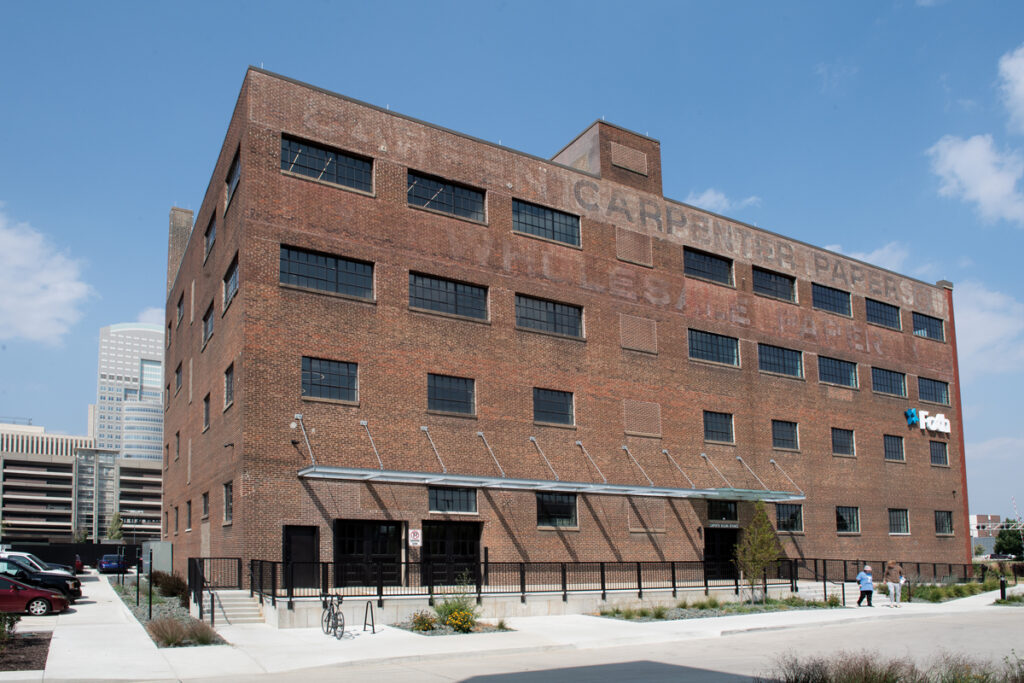CRE Update: Homebuilders voice concerns with latest zoning code draft

KATHY A. BOLTEN Jun 13, 2019 | 8:14 pm
4 min read time
999 wordsBusiness Record Insider, Real Estate and Development
Homebuilder Ted Grob had a vision for a 4-acre tract along East 46th Street south of Hubbell Avenue in Des Moines: Develop the agricultural land into lots for single-family houses that would sell for under $250,000.
Grob, owner of West Des Moines-based Savannah Homes Inc., planned for two-story houses in the development to be no more than 1,400 square feet. Documents show Des Moines city planners originally wanted the two-story houses to be at least 1,800 square feet, a size that conforms to the proposed revamping of the city’s zoning code.
While city staff eventually agreed to recommending 1,400-square-foot two-story houses in the development, they required 1,000 square feet be on the first level.
The city’s original square footage requirement would have added up to $30,000 to the cost of a two-story house in the development called Longleaf, Grob told the Des Moines Plan and Zoning Commission earlier this year.
“This eliminates a staggering number of potential buyers and ensures we will not be able to build any two-story homes in Longleaf,” he said.
Grob, after mulling his options, has shelved the project whose estimated value was $3.5 million.
Des Moines’ zoning code, which provides construction and development guidelines, has been updated more than 300 times since it was put in place in 1965. After the city’s comprehensive land use plan was adopted in 2016, officials began tackling revising the zoning code and an updated draft was released in late 2017. Hundreds of comments prompted city staff to make more revisions to the proposed code, and in May another draft was released.
Plans call for six months of review by the public and city officials with final approval in late October.
The zoning code dictates where specific types of construction can be built in the city. It also spells out the types of materials that can be used in various types of construction projects as well as the sizes of buildings that can be built.
For single-family construction in Des Moines, that means one-story houses must be at least 1,400 square feet; 1 1/2-story houses, 1,600 square feet; and two-story houses, 1,800 square feet. All newly built single-family houses must have full basements and single-vehicle garages.
City officials believe the proposed zoning code will make it easier for developers to build in the city by cutting down the time it takes to get a project approved. Officials also believe the proposed code will help preserve and possibly increase property values.
The code also addresses housing affordability, an issue that is under discussion nationwide.
For years, Des Moines didn’t allow duplexes to be built in most of its single-family neighborhoods, said Mike Ludwig, Des Moines’ planning administrator. “The [comprehensive] plan says we need to reintroduce missing middle housing back into neighborhoods … so the reintroduction of duplexes, triplexes and fourplexes, in some districts, is proposed by the zoning ordinance.”
The code also allows accessory dwelling units to be built in some residential areas, Ludwig said. Examples include apartments over garages or tiny houses built in backyards.
The proposed zoning code has a lot of good attributes to it, said Adam Grubb, president of the Home Builders Association of Greater Des Moines as well as Jerry’s Homes. “The city’s goal of simplifying the code is necessary and positive.”
Still, he said, “there’s some concerns, and if the city holds fast to some of the things in the code, I think, over time, you’ll see builders choosing to build in other communities.”
One builder – Kading, located in Urbandale – likely won’t build any more new houses in Des Moines, said Karie Ramsey, the firm’s CEO.
“Unless changes are made, we won’t be able to build in Des Moines anymore. It won’t be something that works for us,” said Ramsey, who estimated the firm built over 100 houses in Des Moines in 2018.
The houses, which were about 1,200 square feet, were built on slabs. Kading built similar models, all without basements, in Altoona, Bondurant, Pleasant Hill, Urbandale and Indianola, Ramsey said.
“We’re trying to service a client that makes about $40,000 a year – like a first-year teacher,” she said. “The Des Moines requirements won’t allow us continue building that house in the city.”
Requiring newly constructed houses to have basements will help boost the valuation of properties in Des Moines, Ludwig said. Higher valuations means the city collects more property tax revenue, which in turn pays for city services such as fire and police protection, libraries and parks.
Connie Boesen, a Des Moines city councilwoman, said Des Moines’ existing housing stock provides homebuyers access to smaller, more affordable houses.
“Where we have the opportunity is in providing larger lots with larger houses,” she said. “New developments are going to provide that.”
Ludwig said developers can ask for a waiver from the basement and garage requirements as well as from the square footage requirement. City staff can approve square footages that are up to 30% less than the code requirement; the Plan and Zoning Commission and City Council can approve requests that would lower the square footage by more than 30%, he said.
That’s not something Ramsey said she is willing to do.
“The risk is too big that they’ll say ‘no’ to you,” Ramsey said. “We’ve already got money tied up in engineer and architect fees. We aren’t going to start down that road for a ‘maybe.’ ”
Des Moines City Councilwoman Linda Westergaard said the zoning code requirements for single-family houses is shortsighted.
“People today are buying smaller houses and they don’t need a huge yard,” said Westergaard, a real estate agent.
“I want to grow our tax base just as much as anybody else, but I also want to attract people to our community. The [proposed code] is leaving out a whole group of people who want to live here but can’t because we’re saying we only want you if you can build an expensive house in the city that brings in more revenue.”










